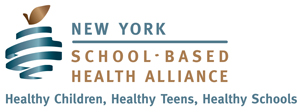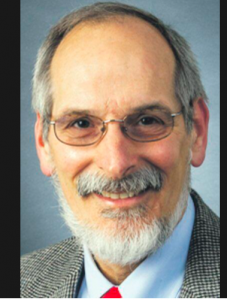School-Based Health: Easy Access to Care
By Chris Kjolhede
January 19, 2022
School-Based Health: Easy Access to Care – Public Health Post
Madison and her mother recently moved into a community with a school-based health center. Madison has had a difficult time fitting in to the middle school; she is quiet and has few friends. At her annual health check-up, she scores high on a depression scale prompting the nurse practitioner to probe further. Madison has lost weight and is cutting. After speaking to her mother, who also registers concern, the nurse practitioner refers Madison to the in-house mental health provider and the physician for further care. After careful consideration, she is prescribed an anti-depressant and has regular therapy with the mental health provider. Madison feels ‘at home’ in the SBHC.
School-based health centers (SBHCs) offer health care in schools. They provide primary care services including physical and mental health care, and, often, dental services. These health centers enjoy a partnership with their schools. And they collaborate with school nurses; they do not replace them. SBHCs are typically sponsored by hospitals, health systems, federally qualified health centers, and departments of health.
Over one third of SBHCs are in rural school districts while the remainder are in urban or suburban communities. The number of SBHCs across the country is increasing, now numbering over 3,000.
School-based health centers employ a variety of staffing models, often determined by state Departments of Health. Typically, each SBHC has a nurse practitioner or physician assistant, as well as administrative staff, licensed practical nurses, and registered nurses. Most SBHCs have a mental health provider, such as a clinical social worker, who can provide short and long term, individual, and sometimes group therapy. Dental health services may be provided by dental hygienists, dental assistants, and sometimes a dentist. Some programs employ other specialists such as dieticians. Most SBHCs are led by a director and collaborating physician who is associated with the SBHC sponsor.
Primary care services include: 1) acute care for sore throats, twisted ankles, and the like; 2) wellness care that often includes annual physical exams, reproductive health, and immunizations; 3) chronic care including ongoing treatment for asthma, weight management, the spectrum of depression and anxiety, and ADHD care and management. Mental health services can involve both short and long-term therapy and the latter often involves coordination with the nurse practitioner or physician assistant. Dental care can be both preventative (cleanings, fluoride treatments, sealants and referrals) and, in select sites, restorative.
SBHCs provide high-quality, comprehensive and coordinated primary care for children and adolescents, particularly those who are underserved and those living in low-income communities.
Improving access to health care is the primary goal of SBHCs. SBHCs provide high-quality, comprehensive and coordinated primary care for children and adolescents, particularly those who are underserved and those living in low-income communities.
SBHCs can decrease geographic or transportation barriers to health care, especially in rural areas. In rural areas, transport to schools, and therefore to the SBHC, is provided every day that the school is open. SBHCs pioneered telehealth services as an additional means to improve access to care. All students who attend a school are eligible to enroll in the SBHC. Parents can consent to SBHC care with their signature. Emancipated minors and students who are the age of majority can consent for themselves.
The value of SBHCs is seen through several outcomes. SBHCs can reduce health disparities and increase access to mental health services. SBHCs improve immunization rates, and provide confidential reproductive health services. Some chronic conditions such as asthma and obesity can be addressed with novel treatments by the SBHC team especially when coordinated with school health committees or committees for special education. And, importantly, by reducing barriers to health care, SBHCs reduce school absenteeism and time out of the classroom.
School-based health centers can be controversial with several ‘hot button’ issues. Some see providing reproductive health care to adolescents as inappropriate for the school setting. The traditional health care community may see an SBHC as a threat to continuity and quality of care.
Yet most children and adolescents go to school every day. Far fewer have easy, reliable access to health care. SBHCs can offer students like Madison a medical home where care is accessible, continuous, comprehensive, family centered, coordinated, compassionate and culturally effective. Indeed, students who do not have a ‘medical home’ can use a SBHC; national credentialing agencies have formally recognized some SBHCs as medical homes.

